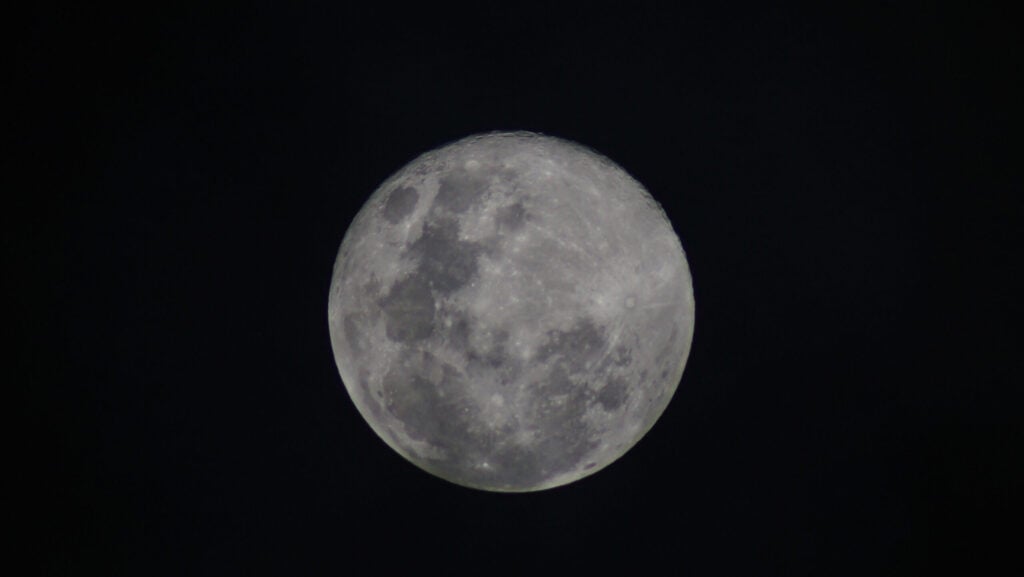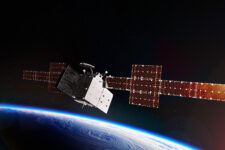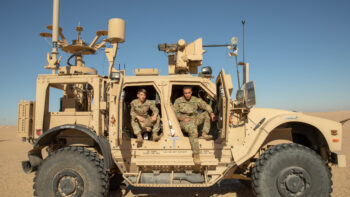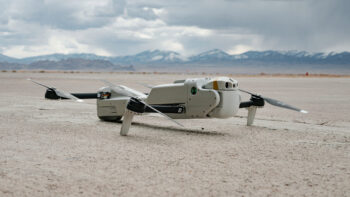
The Beaver moon is seen from the historic center on November 27, 2023 in San Salvador, El Salvador. (Photo by APHOTOGRAFIA/Getty Images)
WASHINGTON — Northrop Grumman today announced that it will provide DARPA with a concept study of a “lunar railroad” as part of the Defense Department far-future organization’s overarching 10-Year Lunar Architecture (LunA-10) Capability Study.
“The envisioned lunar railroad network could transport humans, supplies and resources for commercial ventures across the lunar surface — contributing to a space economy for the United States and international partners,” the company said in a press release.
DARPA in December issued study contracts to 14 vendors for various studies on the types of technologies needed to create a working lunar economy, including commercial activities in cislunar space and on the surface of the Moon. DARPA did not reveal the budget for the effort or the size of the individual contracts.
The study initiative is an outgrowth of the Biden administration’s National Cislunar Science and Technology Strategy [PDF] released in November 2022, which was designed to build a whole-of-government strategy for “advancing scientific, exploration, and economic development activities” in space around the Moon and on the lunar surface. The Defense Department was a key player in the strategy’s crafting, and thus it reflects a number of the Space Force’s priorities for the future — including space situational awareness in the lunar region and “dynamic space operations” requiring rapid, efficient maneuvering on orbit.
As for the Moon train, according to the Northrop Grumman release, its study will:
- Define the interfaces and resources required to build a lunar rail network.
- Establish a critical list of foreseeable cost, technological and logistical risks.
- Identify prototypes, demonstrations and analyses of a fully operating lunar rail system’s concept design and architecture.
- Explore concepts for constructing and operating the system with robotics, including grading and foundation preparation, track placement and alignment, joining and finishing, inspection, maintenance and repair.
NASA in 2021 also funded a small feasibility study of a lunar railroad using magnetic levitation (maglev) train cars. The concept, developed by scientists at the space agency’s own Jet Propulsion Laboratory and SRI International, was called “FLOAT – Flexible Levitation on a Track.”
It envisioned the use of autonomous robotic vehicles hovering over a film-based track designed to avoid problems with the fine, but highly abrasive, particles making up lunar regolith. The study showed that the idea was doable, but that there were a number of challenges to be overcome. So far, NASA has not committed any funds to further develop the idea.






















